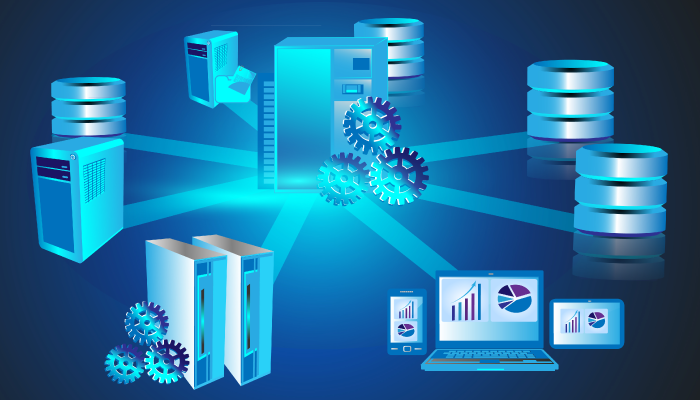As a marketer, one of the most challenging aspects of your job is determining which marketing channels are most effective in engaging your customers. It can become even more overwhelming when there are innovative solutions available for customer engagement, and finding the right combination of channels can be difficult.
Two marketing channels that have been receiving a lot of attention in the industry are in-app messaging and push notifications.
In this article, lets discuss the key differences between in-app messaging and push notifications, their respective use cases, and the optimal times to use them.
Push notifications and in-app messaging are two different methods of communication used by mobile apps to engage with their users.
Push notifications are messages that are sent to a user’s device from a remote server, even when the app is not open. These notifications can be used to inform users of updates, promotions, or other important information related to the app. Push notifications can be customized to include text, images, and sounds to grab the user’s attention and encourage them to engage with the app.
In-app messaging, on the other hand, are messages that are displayed within the app itself. These messages are typically used to provide users with additional information or guidance on how to use certain features of the app. In-app messaging can be triggered by a user’s actions within the app, such as completing a task or reaching a certain level in a game.
First, let’s explore the key differences between in-app messaging and push notifications:
• Timing: In-app messaging is displayed within the app itself, while push notifications are sent to a user’s device, even when the app is not open.
• Context: In-app messaging is typically triggered by a user’s actions within the app, such as completing a task or reaching a certain level in a game. Push notifications, on the other hand, can be triggered by a variety of events, such as new content being added to the app or a user’s location.
• Reach: Push notifications have a wider reach since they can be sent to users who are not actively using the app. In-app messaging, on the other hand, is only seen by users who are currently using the app.
• Interaction: In-app messaging is more interactive than push notifications since it is displayed within the app itself and allows users to take action directly from the message. Push notifications, on the other hand, typically require the user to open the app to take action.
Now let’s explore some common use cases for in-app messaging and push notifications:
In-app messaging use cases:
• Onboarding: In-app messaging can be used to guide users through the onboarding process and help them understand how to use the app.
• Feedback: In-app messaging can be used to solicit feedback from users about their experience using the app.
• Promotions: In-app messaging can be used to promote sales, discounts, or other promotions to users who are actively using the app. Push notification use cases:
• New content: Push notifications can be used to notify users when new content is added to the app, such as new articles, videos, or podcasts.
• Events: Push notifications can be used to promote events, such as product launches, webinars, or conferences.
• Reminders: Push notifications can be used to remind users about appointments, deadlines, or other important dates.
What are the best times to use in-app messaging and push notifications:
In-app messaging is best used when:
• Users are already engaged with the app.
• The message is relevant to the user’s current context or actions within the app.
• The message requires user interaction or action.
Push notifications are best used when:
• The message is time-sensitive and requires immediate attention.
• The message is relevant to a large group of users.
• The message is not specific to the user’s current context or actions within the app.
The comparison between in-app messaging and push notifications can be likened to solving a jigsaw puzzle, as it requires a comprehensive understanding and thorough data analysis. In terms of customer engagement, in-app messaging is an excellent marketing tool to employ, while push notifications are more effective at driving higher retention rates.
However, in a broader marketing context, the combination of push notifications and in-app messaging can yield even better results. Together, they can enhance open rates, increase user engagement, and improve retention rates. Our team at Vhigna can provide assistance in reaching your customers beyond emails by utilizing in-app messaging and push notifications features to engage and retain them.




